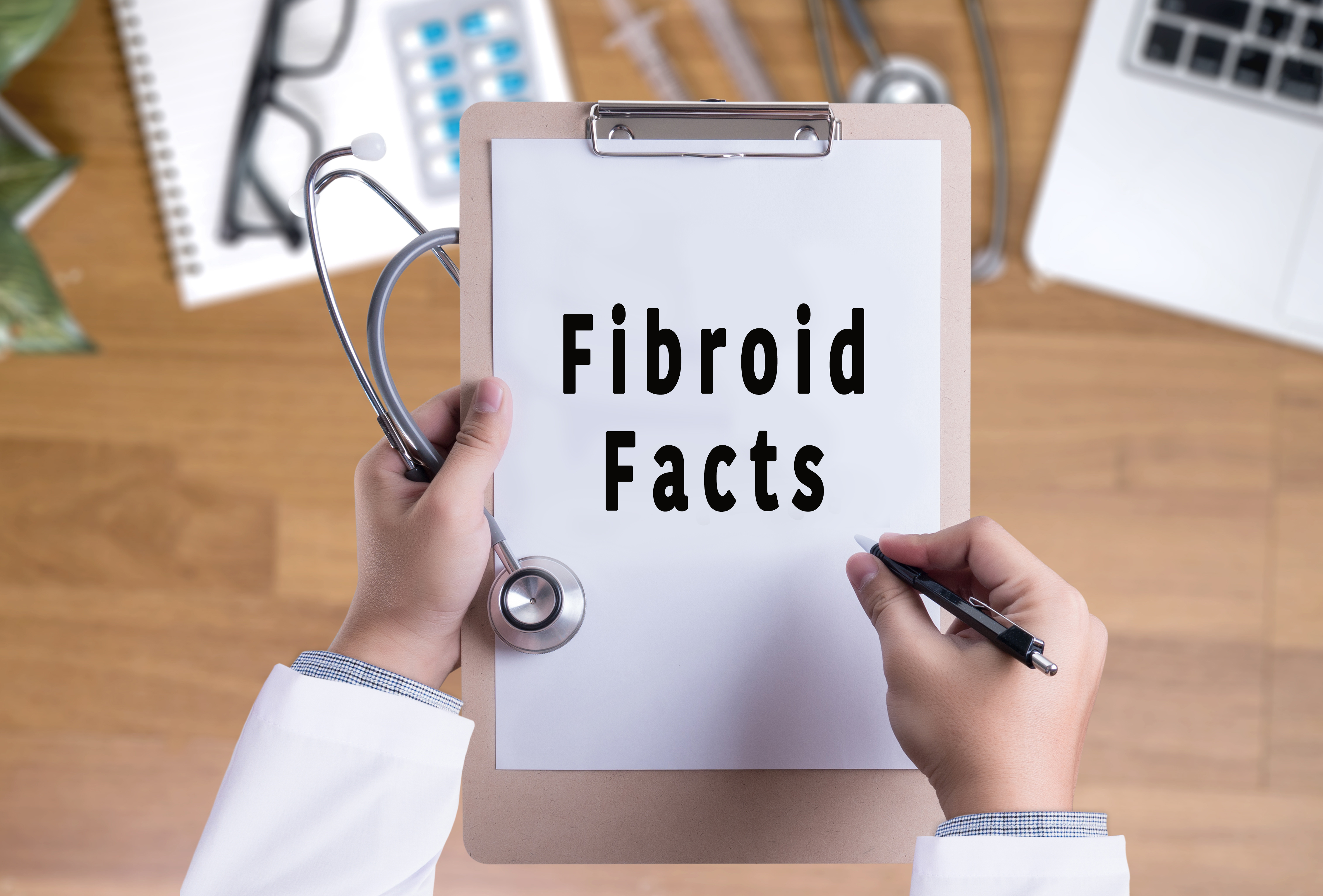Fibroids: 4 Facts to Know
What are fibroids?
Fibroids are noncancerous tumors that grow in the uterine wall-the tissue around the womb. The size of fibroids can be anywhere from the size of a bean to the size of a melon. Here are 4 things to know about fibroids:
1. When Fibroids can develop. Growth occurs during the reproductive years. Fibroids usually develop between the ages of 16 to 50 years. During this time, estrogen levels are higher. Once a fibroid develops, it can continue to grow until menopause. As estrogen levels fall after menopause, the fibroid will usually shrink.
2. Symptoms. Around 1 in 3 women with fibroids will experience symptoms. Not all women with fibroids will experience symptoms at all or will experience differing symptoms. Common fibroid symptoms include: heavy, painful periods, lower back or leg pain, constipation, discomfort in the lower abdomen, frequent urination, painful intercourse, anemia from heavy periods.
3. Diagnosis. Because many women with fibroids show no symptoms, they are often detected during routine pelvic exams. Once fibroids are diagnosed, the size and location can be determined with the following diagnostic tests:
- Ultrasound
- MRI
- Hysteroscopy
- Laparoscopy
4. Treatment. Fibroids are treated with medication or surgery. However, if symptoms are not present, treatment may not be needed. Fibroids can cause heavy periods. If a heavy period does not cause major problems, one may chose to not receive treatment.
Your doctor at Summit OBGYN will recommend the best line of treatment for your individual situation. Medication can be prescribed to either reduce or completely stop the production of estrogen and progesterone. Large or severe fibroids may not respond effectively to medication, and surgery may be necessary. Dr. Biggs and Dr. Cohn offer advanced and effective surgery options for fibroids. Each procedure is recommended based on the severity of the fibroids, each woman’s plan to have children in the future or not and location of the fibroids.
Contact Summit OB/GYN if you have additional questions regarding the diagnosis and treatment of fibroids.


